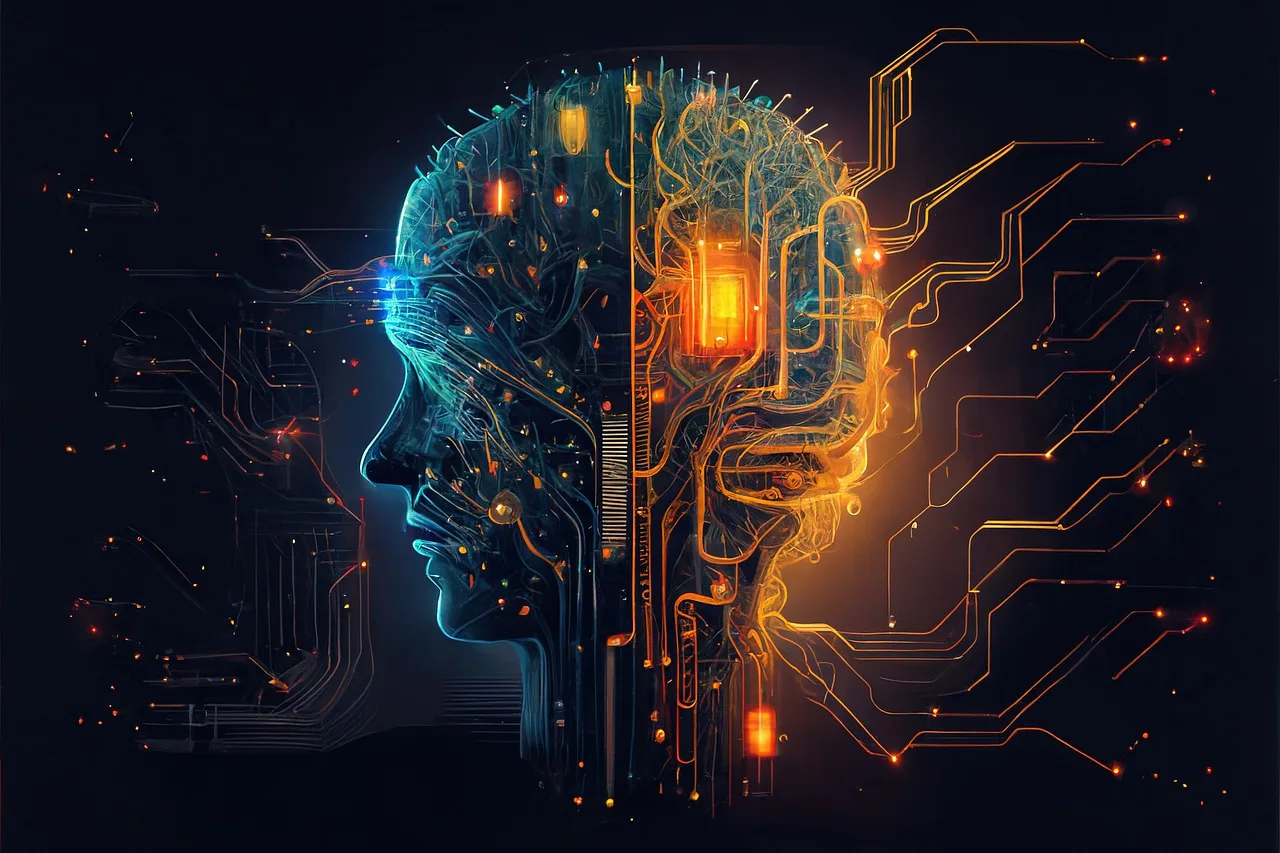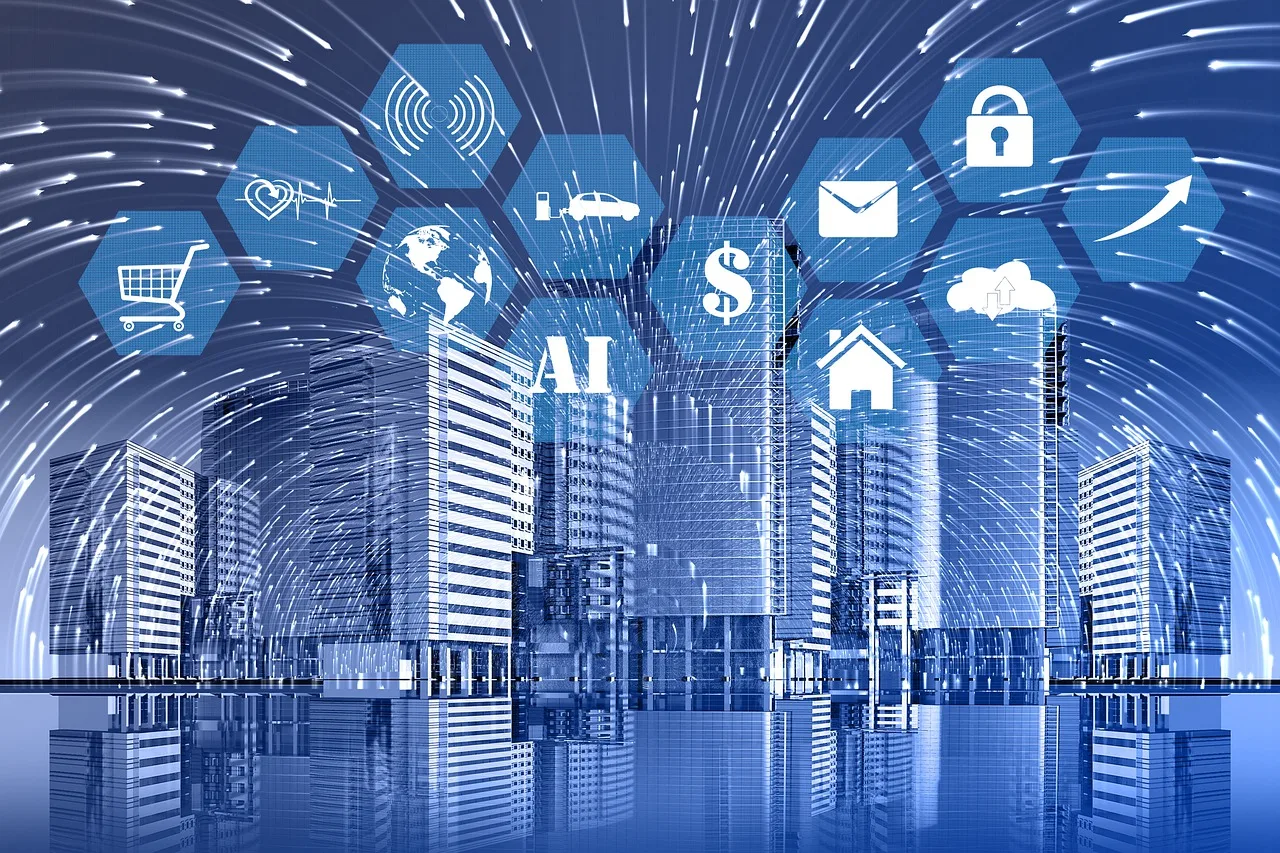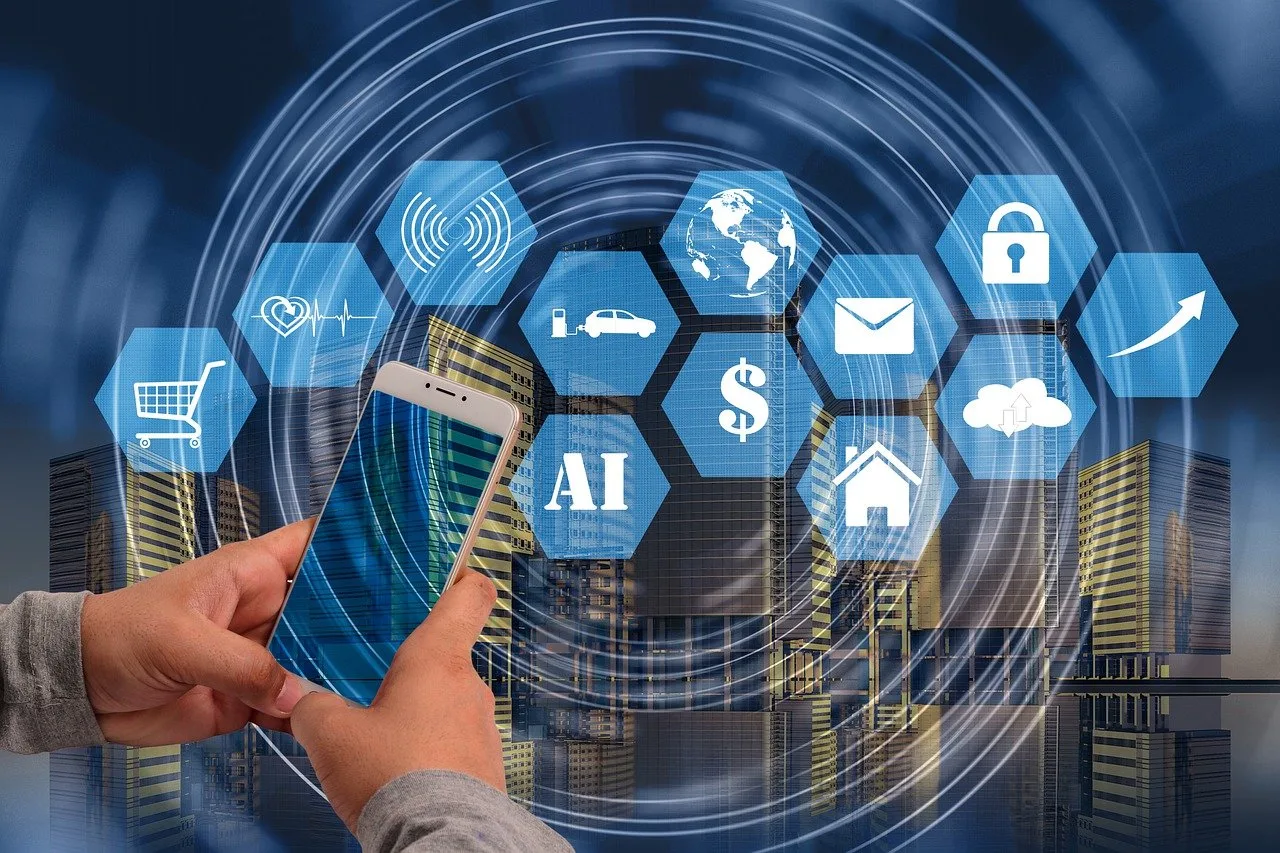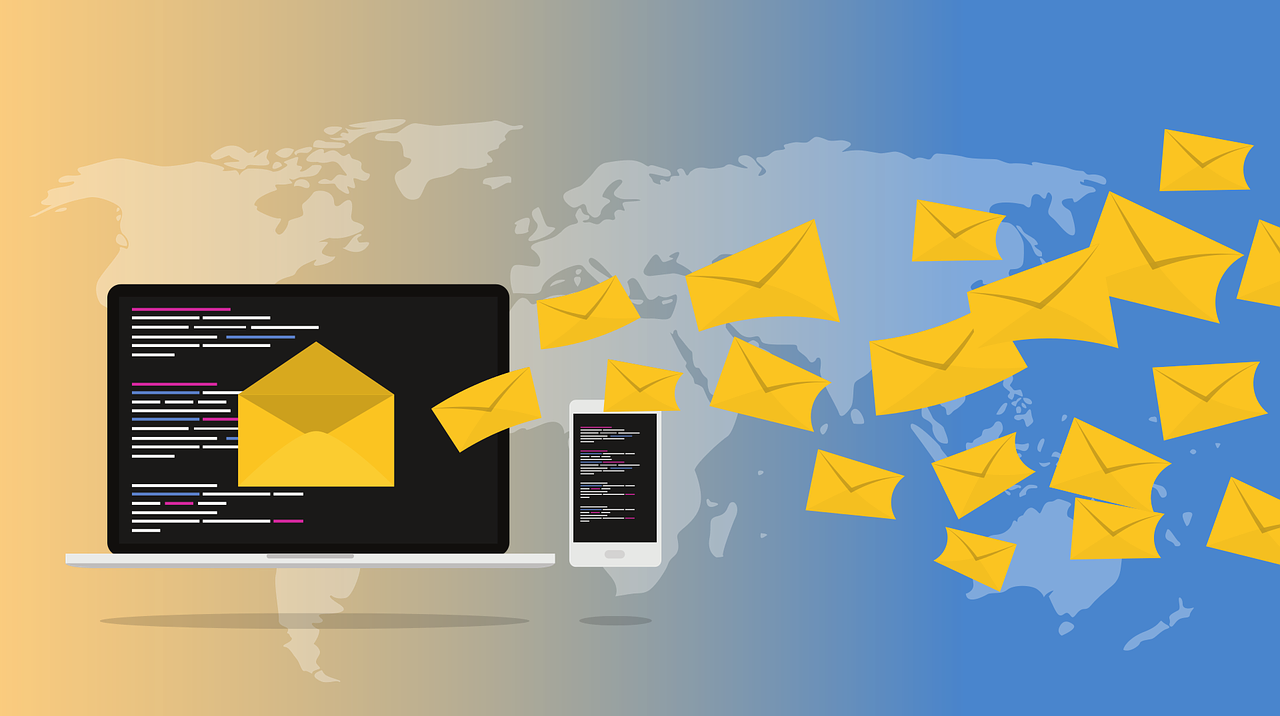
PEO AI- Transforming Workforce Management for Modern Businesses
AI is changing the way professional employer organizations (PEOs) help businesses handle human resources. With PEO AI can process data faster, give smarter advice, and offer more tailored support for companies of all sizes. This means fewer mistakes, quicker answers, and better solutions to everyday problems.

I’ve noticed that AI in PEO services is not just a trend; it is actually making real improvements in efficiency and decision-making. PEOs use AI to analyze data, recommend actions, and manage complex tasks in HR, benefits, and payroll. For example, some PEOs are now using AI to give next best action tips in underwriting and claims management, as mentioned by PEO Insider’s article on AI trends shaping the future of PEOs.
If you’re curious about how this tech works and what it could mean for your business, learning about the newest solutions can help you stay ahead.
Understanding PEO AI
PEO AI uses artificial intelligence to streamline business operations, improve HR tasks, and create better employee experiences. AI tools in this area help automate time-consuming jobs, offer personalized support, and make it easier for PEOs to handle client needs.
What Is PEO AI
PEO AI refers to the use of artificial intelligence in Professional Employer Organizations. These companies use AI to manage tasks like payroll, benefits, employee onboarding, and compliance.
I have seen how PEOs use AI-powered systems to reduce paperwork and handle tasks more quickly than before. For example, AI can sort resumes, match candidates to jobs, and track employee performance. PEO AI also helps keep records organized and up to date, which ensures companies meet legal requirements.
With PEO AI, companies working with a PEO can focus more on their core business and less on repetitive or administrative work. This makes daily tasks easier for both business owners and employees.
Key Features of PEO AI
PEO AI comes with several important features that benefit both PEOs and their clients. First, automation allows these companies to speed up common HR tasks. For example, recruiting and onboarding can be handled by AI-driven systems that screen resumes and rank candidates.
I also see PEO AI tools providing predictive analytics. This means the system can look at data and help managers make better decisions about hiring and employee retention. Data privacy and security features are built in to protect sensitive employee information.
Many PEOs now use AI chatbots to answer employee questions about benefits, payroll, or vacation days. This saves time and provides quick answers. Personalized experiences can be created based on each employee’s data, which helps with engagement and satisfaction. For more details about how AI is transforming HR, visit this guide on AI in PEO services.
How PEOs Integrate Artificial Intelligence
PEOs are adding AI tools by updating software systems and training staff on new technologies. They often use cloud-based platforms that bring together data from different areas like HR, payroll, and benefits in one place.
I’ve noticed that successful PEOs roll out AI changes step by step, starting with tasks that take the most time. For example, recruitment is often one of the first areas to see AI improvements. Automated resume screening and candidate matching are now routine parts of many PEOs.
To get the most from AI, PEOs also gather HR data to identify trends and fix problems early. Using AI, they can deliver better service and adapt to changing workplace needs as shown in articles like How AI and Technology Are Transforming HR Through PEOs.
Benefits and Applications of PEO AI
Using artificial intelligence in Professional Employer Organizations (PEOs) gives me tools to improve HR processes, save time, and make better decisions. AI helps by offering real-time data, automating tasks, and supporting strategic planning.
Employee Satisfaction and Automation
AI lets me automate many routine HR tasks like payroll, time tracking, and employee onboarding. This helps reduce mistakes and lets me handle repetitive tasks faster. As a result, employees spend less time on paperwork and more time on their core work.
By using automated systems, I can answer employee questions, track performance, and handle benefits enrollment without delays. Many PEOs use AI to streamline communication, giving staff instant answers to simple HR problems. This quick support can boost employee satisfaction because issues are resolved much faster and with fewer headaches.
AI also helps manage schedules and leave requests in real time. That way, I can keep teams balanced and avoid manual mix-ups. Automation in a PEO setting saves time, limits errors, and keeps employees happier with their work experience. For more on automation and satisfaction, visit this overview about PEOs and the AI revolution.
Generative AI for HR Professionals
Generative AI brings new options for HR tasks that used to take a lot of time. With AI, I can create job descriptions, onboarding materials, or communication templates in minutes. For HR teams, this means quicker responses and high-quality documents.
My work becomes more efficient because generative AI suggests interview questions, drafts feedback, and summarizes meetings. This not only shortens my workload but also makes my HR support more consistent. I can use AI-powered chatbots to help employees find benefits information or troubleshoot pay questions without human intervention.
I see generative AI being used in PEOs to help spot new sales opportunities and improve customer service using tailored content. For a deeper look at how generative models and large language models help the PEO industry, read about AI deployment in benefits and insurance.
Predictive Analytics and Real-Time Data
Predictive analytics lets me spot trends, risks, and staffing needs by analyzing real-time data from my workforce. This means I can forecast turnover, plan for future hires, and take action before problems grow.
By using AI, I see patterns such as absenteeism or performance dips as soon as they happen. This helps me take quick steps to reduce risks and keep productivity high. Real-time dashboards give managers up-to-date views of key HR metrics, making fast, informed decisions easier.
AI also powers more accurate benefits pricing and claims management because it pulls from the latest data. I can use these insights to pick plans that best fit my team, manage budgets, and adjust policies for better employee support. To see how real-time data and analytics are changing PEOs, check out this guide on using AI for better pricing and evaluation.
PEO AI in Industry and Digital Transformation
AI-driven solutions shape how industries work, especially as organizations look for ways to be more efficient and competitive. I see this technology changing not just large companies, but government and military operations as well.
Adoption Among Fortune 500 and ARC
Many Fortune 500 companies are using PEO AI to improve workflows, make better hiring choices, and automate common HR tasks. With data-driven decision-making, these companies save money and time. Automated onboarding, payroll, and benefits management all help reduce the risk of human error.
The ARC (American Red Cross) and some large nonprofits also leverage AI-based PEO services for staff management and resource planning. The need to manage large numbers of employees or volunteers makes automation very valuable. When I look at the wider trend, it’s clear that adopting PEO AI gives these organizations a competitive edge over those still using older systems.
Key benefits for these companies include:
- Improved employee experience
- Faster compliance checks
- Data-backed recommendations for better HR decisions
AI-Driven Change in the US Army
The US Army has started using AI in its PEO (Program Executive Office) programs to streamline operations and make decisions faster. One area where I see big progress is the Army Vantage program, which applies AI workflows to manage and analyze large data sets.
In practical terms, this means the Army can track resources and performance in real-time. It also lets leaders spot problems, track trends, and respond quickly to shifting needs. Security reviews and readiness checks are more reliable because tasks that once took hours are now completed in minutes.
AI tools improve planning for both missions and day-to-day needs. They help reduce paperwork, cut delays, and ensure the right people and equipment are in place.
Role in Digital Transformation
Adopting PEO AI is central to digital transformation across many fields. When I look at how AI is changing industries, I notice strong impacts on human resources, payroll, and employee support processes.
AI is revolutionizing third-party HR and PEO services by providing better accuracy and efficiency. Digital records, smart data analysis, and automated suggestions all help companies focus more on growth while cutting manual work.
Using AI, organizations large and small can adjust faster to changes in regulation, market demands, or staffing needs. With easier access to insights and more reliable data, businesses can make smarter plans and update systems with less risk. This ongoing digital transformation helps future-proof operations and improves daily workflows.
PEO AI Tools and Data Privacy
PEO AI tools help companies manage people-focused operations more efficiently, but they also handle sensitive information. Protecting data privacy is as important as using advanced technology.
Overview of AI-People Certified App
The AI-People Certified App is a digital tool designed to support employee management tasks. I use it to automate payroll, track attendance, and manage records with fewer errors. This app relies heavily on artificial intelligence to analyze data and spot patterns that help organizations make better staffing decisions.
It includes features like real-time reporting and customizable dashboards. These tools give me fast insight into workforce trends. Security settings in the app let me limit who can view or change certain types of information. That makes it easier to manage compliance with labor laws and internal rules.
Using the AI-People Certified App also allows me to store sensitive employee information in a protected database. Encryption and regular security checks help prevent data leaks. This focus on privacy helps me feel more confident sharing information through the platform.
Mobotix MX-App-AI-PEO
Mobotix MX-App-AI-PEO is a smart video analytics solution for workplaces. I can use it with Mobotix cameras to monitor activity in real time. The app’s key function is to detect people and movement—without storing facial images longer than necessary.
It is especially helpful for managing access control and tracking flow in busy locations. The MX-App-AI-PEO features artificial intelligence that processes video data at the edge, which means the camera itself analyzes what it sees. This setup keeps raw video data from being transferred more than needed.
I can set up notifications for when someone enters restricted spaces. I also have the option to decide who is allowed to access camera feeds and recorded footage, making it easier for me to enforce security and privacy protocols.
Virtual Line for Workplace Optimization
The Virtual Line feature draws digital boundaries inside a workspace. For example, I can set a virtual line at a doorway and get automatic alerts every time someone crosses it. This is useful for tracking occupancy, improving safety, and making sure people follow rules.
Virtual Line works with Mobotix cameras and the MX-App-AI-PEO tool. I can view analytics reports showing the number of entries and exits over a certain period. Businesses often use this feature for optimizing traffic flow or monitoring employee movement.
I do not have to review hours of footage. Instead, I see summarized data and quick alerts. This targeted approach reduces the need to store large amounts of video, which lowers the risk of exposing private information.
Ensuring Data Privacy and Security
Data privacy is at the center of all AI-powered PEO applications. These systems rely on strong encryption, access controls, and regular security updates. I make sure that any biometric data—like facial recognition or badge scans—is collected and processed within legal privacy limits.
Following the latest privacy regulations is mandatory. Tools like Mobotix MX-App-AI-PEO help me track and store only the data that is necessary for compliance. Practices such as data minimization and instant anonymization reduce the risk of breaches.
PEO AI tools also support audit trails, showing exactly who accessed data and when. This makes it easier for me to respond to privacy concerns or investigations regarding workplace surveillance. More on workplace AI privacy concerns can be found in detail at peoinsider.org and through resources about privacy law and AI.
Frequently Asked Questions
I see that many people want to know how Poe AI compares to other tools, what login requirements are needed, and how it handles tasks in different languages. Questions about content moderation, image recognition, and AI detectors are also common.
How does Poe AI compare to Microsoft Copilot for coding assistance?
Poe AI helps with coding questions and provides suggestions based on large language models. Microsoft Copilot is more focused on integrating with developer tools and offering real-time code completion in supported environments.
While Poe AI is useful for general coding support and explanations, Microsoft Copilot is designed to be an in-depth assistant inside code editors.
What are the login requirements for accessing Poe AI features?
To use most features of Poe AI, I need to create an account with an email address or sign in using a supported login method. Some advanced functions or bots may require additional verification.
According to the Poe FAQs, certain models or features could also have usage limits that are tied to my login method.
Can Claude AI, similar to Poe AI, engage in conversational tasks across different languages?
Claude AI, like Poe AI, can handle conversations in several languages. Both tools use large language models to understand and respond to input written in multiple languages.
The accuracy and depth of conversation may vary depending on the specific language, but basic conversational tasks are supported.
Are there any AI detectors that can reliably distinguish between Poe AI and human-generated content?
AI detectors exist, but their accuracy in telling apart Poe AI responses from human-generated content is still limited. The technology can check for certain patterns or phrasing but is not 100% reliable.
Most tools in this field often produce uncertain results, especially for well-written text that could come from either humans or AI.
Does Deep AI offer more advanced image recognition capabilities than Poe AI?
Deep AI is known for its image processing features, such as AI-driven image generation and recognition. Poe AI mainly focuses on text conversations and language-based tasks, rather than image analysis.
When I need advanced image recognition, specialized platforms like Deep AI are generally a stronger choice than Poe AI.
What are the content moderation policies for character AI interactions in chat applications?
Content moderation policies for character AI chat applications often limit harmful speech, explicit content, and personal information sharing. Companies use automated filters and sometimes human reviewers to keep conversations safe.
I have to follow each platform’s guidelines, which may vary, but most are strict about protecting users and following legal requirements.








